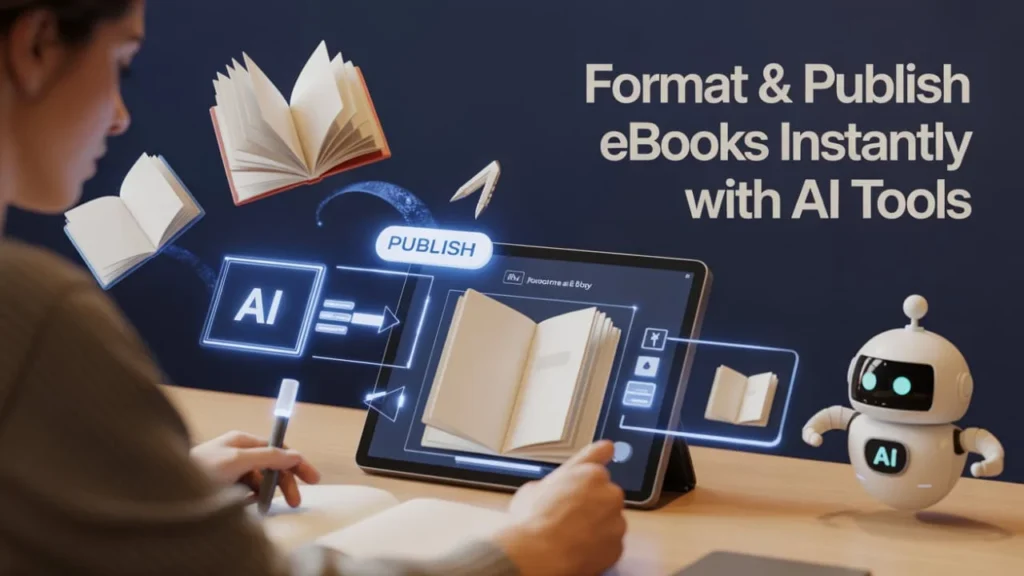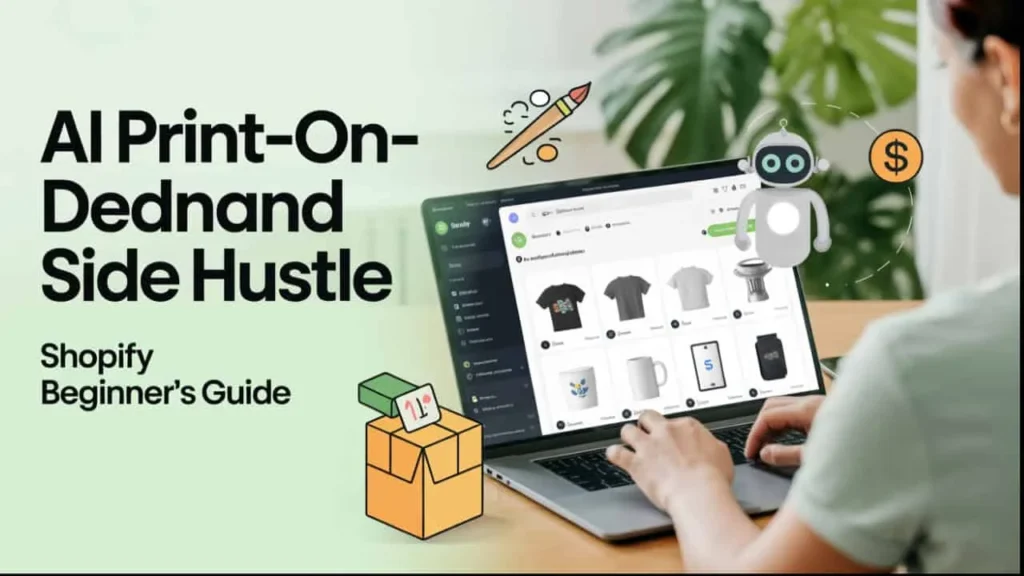Discover how AI for Credit Risk Assessment is transforming fintech by enabling smarter, faster, and fairer lending decisions. Learn real-world examples

AI for Credit Risk Assessment
Let me share a little story.
Some years ago, I spoke to a small business owner-let us call her Meera-who had a fantastic idea for a boutique eco-friendly skincare line. The products had been formulated, beautifully packaged, and had a waiting list of eager customers. The only thing in her way? Access to funding. Traditional banks with all their paperwork trails and rigid models seemed to know only her short credit history. Things started to move in her favor when she approached the fintech lender. Within 48 hours her application was reviewed, with assessment-complete-and approved.
What really made a difference?
You guessed it: AI for credit risk assessment.
The Evolution of Credit Risk Assessment
The traditional view of credit risk was pretty simplistic, involving FICO scores, collateral, and perhaps income statements. Let’s be frank: that system was designed for the time people used to mail their checks and get paid once in a month. Nothing of that sort is left.
Today, all flows fast—digital and data-centric. Fintechs are taking these changes like nobody’s business. They have managed to assess risk within seconds using data points out of which whatever our credit report shows is just a fraction. Your behavior on social media, how you use your phone—everything could be a potential insight. And this is where AI packs a punch.
What Is AI for Credit Risk Assessment, Exactly?
This effectively describes the process whereby machine learning and data science analyze the probability of a repayment by a borrower on a loan.
Yet this does not even begin to cover its potential.
Traditional models would usually rely heavily on static data. AI models for credit risk learn and make predictions with vast amounts of data according to the patterns recognized by them. And the best thing? It can be done on a massive scale without human fatigue or bias.
Imagine a person with a very short credit history but regular rent, utility, and telephone payments. Conventional banks may not count that. AI would. It siphons in alternative data-banking behavior, transaction frequency, spending categories-and uses it to create a more complete picture.
And this is precisely where fintech’s superiority lies.
Why Fintech Loves AI (and You Should Too)
Fintech seems to be fine since they avoid decades-old legacy systems; they keep it simple. Cloud native and code sprayed, integrating AI for credit risk assessment is practically a given.
An example is Upstart. This fintech platform evaluates loan applications using more than 1,600 data points (yes, really). Education, employment history, and field of study-take your pick. Even Upstart claims its AI-based model approves 27% more applicants than traditional models while cutting down defaults by 16%.
This is not just a minor improvement; it’s a revolution.
Reducing Bias, Increasing Access
It’s very much time now for an ethical discussion.
AI solutions, which remove all biases and prejudice from any decisions made by humankind, have in fact liberated us from arbitrary gut feelings, dogmatic prejudices, or ingrained institutional biases. Rather we are facing a data-fed, trained model that discards all kinds of stereotypes.
But here lies the challenge.
Well, you know, just as the data you put in! If your historic data was biased, your model will be biased too. Hence the reason that fintechs invested time and effort into ethical AI transparency and explainability in building systems that not only predict risk but also explain why any particular decision was made.
That transparency? Total trust with the regulators and the clients and investors.
Real-World Impact: Lending Beyond the Mainstream
Now for a bit of good news.
These are some expected struggles facing gig workers, freelancers, and small business owners. Their income may change often; documentation may be incomplete. However, they are not automatically high-risk.
AI for credit risk assessment makes it a level playing field.
Now Mumbai delivery riders who earn on a weekly basis through an app or a Lagos entrepreneur on Shopify stand a chance at getting fair credit. Why? Because AI assesses their risk through cash flow analysis, app usage, and digital footprints instead of requiring a formal payslip.
That is democratization. And this, too, is already happening.
How AI Actually Works Behind the Scenes
Okay, let’s nerd out for a second.
AI is multiple models operating in conjunction to provide decision support with a lender by the Fintech. Data ingestion leads the process of gathering and scraping both structured and unstructured data in different formats and from different sources. Risk evaluation then takes place through machine learning models (decision trees, neural networks, and ensemble models, for example)—identifying patterns an average-human observer might miss.
To provide some examples, one could catch fraud by spotting anomalies amongst thousands of microtransactions. Or a potential default may be flagged by minute changes in behaviour-for instance, a sudden change in spending habits on weekends. These signals are visible to AI in milliseconds.
It keeps on learning. Every loan that is approved or denied provides that much more feedback for the model to become smarter.
Challenges and Risks? Oh, Absolutely
I don’t want to sugarcoat it-AI is not a miracle solution.
Data privacy is a paramount concern. You’re dealing with sensitive financial information where one breach can kill trust overnight. Then we have the black box problem-some AI models are so complicated that even their creators find it difficult to explain their decisions.
Hence, the reason explainable AI keeps gaining traction. The fintechs are being pressed (and rightly so) to open that black box and explain how their decisions are made. As for the regulators? Well, they are taking a long, hard look.
Then we have the challenge of overfitting. If an AI model is too specific to the historical data, it might not perform well in a more realistic scenario. It’s like teaching a dog tricks only in the backyard and expecting it to know street racing.
So, yes-there are risks. With proper safeguards, the rewards can be exceedingly great.
The Future: Where Do We Go From Here?
Hyper-personalization is the next frontier. Rather than adapting one-size-fits-all credit scores into dynamic credit models, which in real time will respond to the currents in your life.
A system that adjusts your credit limit based on your monthly income pattern; a system that puts a red flag on a financial risk before you even know that you’re slipping. To help you, not harm you; to send you prompts to help keep your spending in check or alternatives that might be better for you.
AI is also being considered by fintechs for monitoring portfolios in real time, fighting fraud, and maybe even debt collection. Imagine if one day AI could do debt collection with empathy-backed emotional language models that sense your emotional state and respond with compassion!
Crazy? Maybe. Possible? Yes!
So, What’s the Takeaway?
For anybody in fintech-or just standing at the sidelines observing-this AI for credit risk assessment is a need, not a want.
That is how we build fairer, faster, and more inclusive financial systems. That is how we support the underbanked, lower defaults, and increase profit-all at once. And that, most importantly, is how we change finance for our times.
Returning to Meera, who now leads a successful brand with thousands of loyal customers. Her business is flourishing. Her dream is real. Not because she ticked off some traditional points on the checklist-but because a fintech platform saw her prospects when no one else could.
AI did not assess her risk; it gave confidence to her data.
Maybe this is the most magical thing about AI for credit risk assessment.
Ready to explore AI in your own fintech journey? Start small. Experiment. Learn. But don’t wait—because the future of finance won’t wait for anyone.
Create & Sell AI‑Generated Art: Top Generator Tools
Create and sell stunning AI-Generated Art with top tools. Explore platforms that turn creativity into…
Spark Creative Ideas: AI‑Powered Brainstorming Platforms
Unlock endless creativity with AI-powered brainstorming platforms. Discover smart platforms to spark ideas faster and…
Format and Publish eBooks Instantly with AI Tools
Discover how to format and publish eBooks instantly using AI tools. Learn step-by-step, see real…
Sell AI‑Generated Code Templates as a Freelance Service
by Arham Khan, blogger and AI enthusiast Learn how to profit by selling AI‑Generated Code…
AI print‑on‑demand side hustle with Shopify: A Beginner’s Guide
Start your AI print‑on‑demand side hustle on Shopify today—learn step-by-step, see real examples, and scale…
AI Storyboard Sketch Tool for Filmmakers: Create Storyboards in Seconds
Discover how an AI storyboard sketch tool for filmmakers lets you draft professional boards in…






